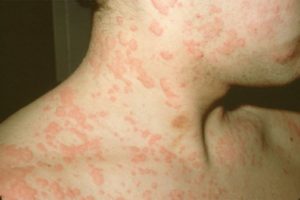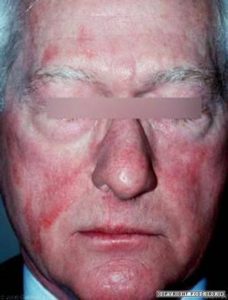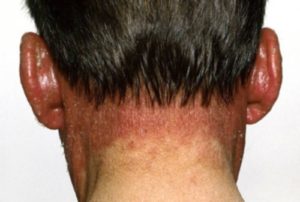“According to the Mayo Clinic, the top health problems in America vary slightly between men and women. Men are more likely to commit suicide, and it is the eighth most common health problem for men. Men and women both need to be concerned, however, about the health problems that are common to both of them.”
Livestrong.com



